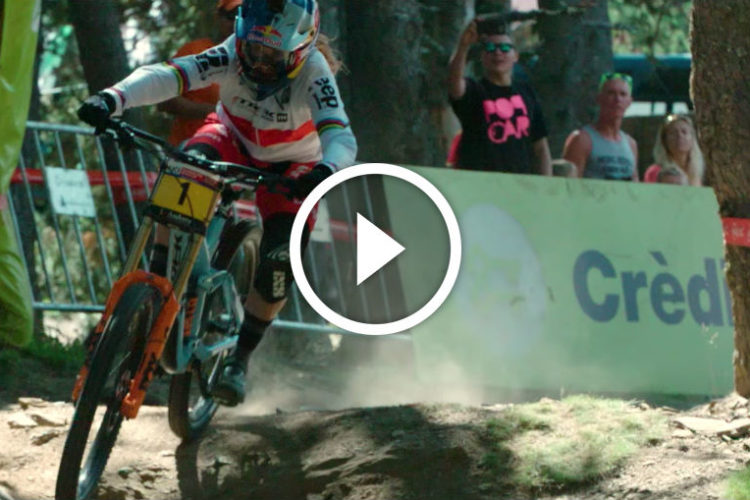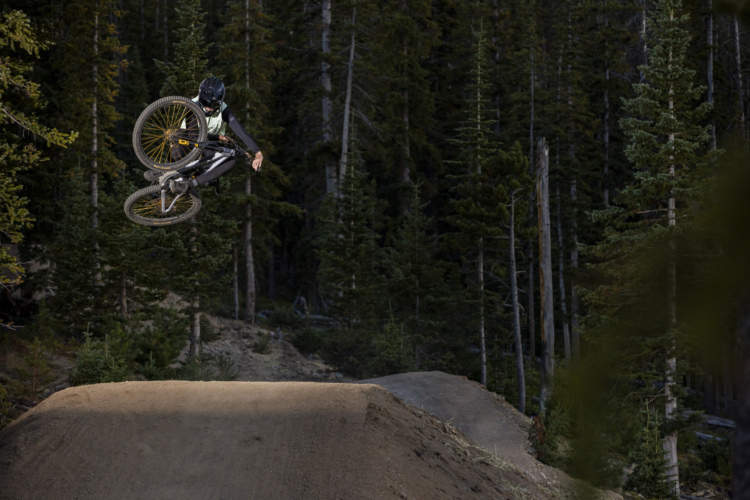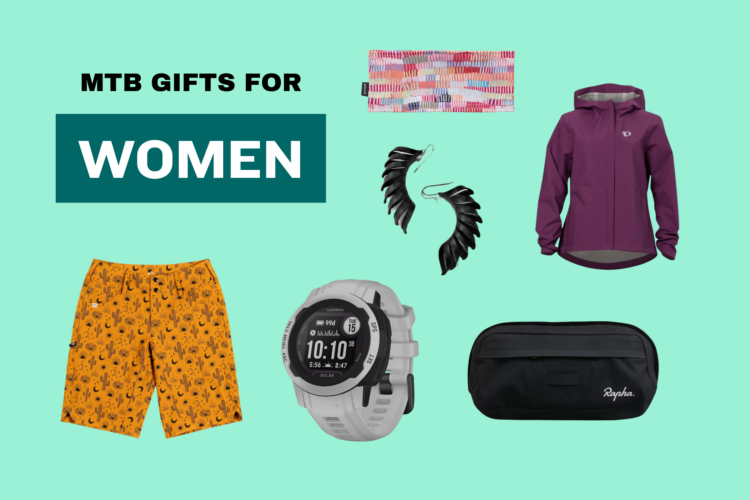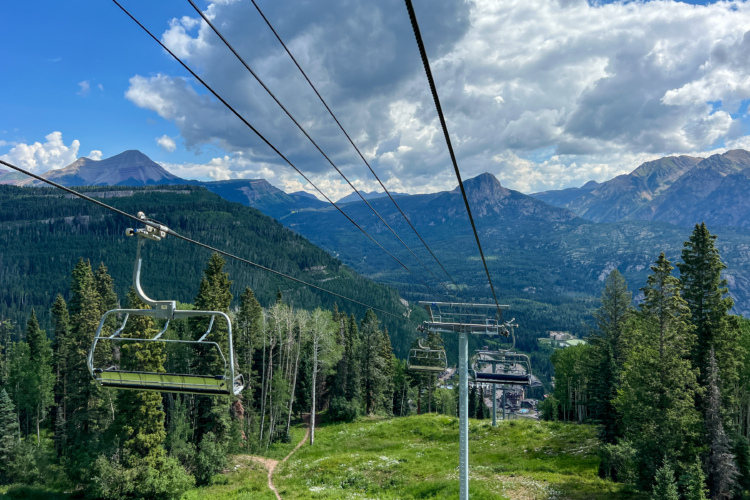There’s a good chance most of us box ourselves into one discipline or another before we even start mountain biking. I think it’s pretty natural. I sure did and I know plenty of others that have too. My first mountain bike was a 2002 Schwinn Mesa, with a 3×9 drivetrain, rigid seat post and quick release, and two-inch wide tires. It was the epitome of a gateway mountain bike.
Even if I knew that I wouldn’t have the Schwinn forever, I knew what I wanted out of the bike and my experience, and what I didn’t want.
I watched movies like Where the Trail Ends, or early YouTube mountain bike videos of riders shredding Whistler time after time and absorbed the gravity perspective of mountain biking early on. Still pretty fresh out of the military, it appealed to my familiar culture of energy drinks, protein supplementation, and bigger is better mentality. Also, I’d probably heard somewhere that guys who care about riding uphill fast also shave their legs, and there would be none of that for me.
Before long, I ordered a longer travel fork for my Schwinn from Amazon – floppy steering be damned, downhill tires and wider handlebars than the previous 700mm set.
I wised up and bought a full-suspension bike before long, but was not wise enough to check the size. I sold my Yamaha R6 to get enough money to buy a 2011 Rocky Mountain Slayer with 160mm of travel front and back. It was ruby red with white lettering and resembled the Canadian flag, which was rad because almost all of the dudes in Where the Trail Ends were Canadian, which had to mean that the bike would rip too.
A few months later, I took it to Moab and rode Porcupine Rim on the extra-small Slayer and my life changed. I may not have rode smoothly, or even fast, but I had the guts to try some technical sections and a few big drops and that was enough to keep my gravity-matters attitude going.

After a few years of slaying on the Slayer, I sized up to a correctly-sized 160mm enduro bike with “gravity” in the brand name. My riding preferences obviously hadn’t changed. I entered more enduro races and met great friends who took climbing with a grain of salt and bet the whole shaker on a descent.
When I rode with newer riders or casual mountain bikers, they praised my descending skills, but never gave much feedback on my climbing capability. I didn’t care. I had long rejected the notion that I needed to be a good climber because I was already decent at the other half of mountain biking. Maybe there is something to that idea of a self-fulfilling prophecy.
Last year, before I started working with Singletracks, I interned at VeloNews, a publication that primarily covers road biking, but also covers endurance and cross-country mountain biking.
After interviewing mountain bikers like Todd Wells, Ellen Noble, and Jolanda Neff, I caught on to the fact that this other side of mountain biking is pretty badass too. Pushing your body at the same time your bike handling skills are put to the test, as you do in an XC race, is a challenge that parallels getting to the bottom of a mountain as fast as possible.
So, I gave XC racing a try last summer. I got smoked by dozens of riders on the climbs, and I smoked a few on the descents before I jammed my wheel sideways on a steep, sweeping corner and went over the bars and into a dusty cloud. Turns out, when you’re racing a bike with 70% as much travel as you normally ride on natural singletrack, things can get pretty sketchy.
A few things have happened since I’ve been riding short-travel bikes more and more. My endurance has improved. That translates to longer riding with less pain, even on my longer travel bike. Additionally, the other half of mountain biking — climbing, became more fun. And my descending skills have improved, because I still ride the same home trails, but occasionally with two-inches less travel, so there’s not as much margin for error.
This year, I’ve doubled down. An opportunity came through to race BC Bike Race, a seven-day stage race in British Columbia, where fitness is just as important as descending prowess. Considering I can count the number of XC races I have done in my life on one hand with a couple chopped off fingers, getting ready for it has been daunting.
I’m riding numerous short-travel bikes again, shooting for hours and hours of saddle time every week, and spending way too much time on a road bike. Since gains on my descending skill come more slowly now, it’s been fun to feel the progression curve of a new challenge.
I can keep up with friends that would have reached the summit minutes ahead of me a year ago, and I can ride as long as it would take someone to watch Titanic twice, although I don’t wish that pain on either party. Overall, putting time and effort into my weakness, and getting comfortable with an uncomfortable discipline has made me a better mountain biker and I didn’t even have to shave my legs. Who would have thought?













7 Comments
Jul 21, 2019
Jul 23, 2019
Jul 18, 2019
Jul 18, 2019
Jul 19, 2019
Jul 16, 2019
My other bike is a full-sus 130mm travel 29+ Trailbike with 2.8 tires. When the going gets rough, steep, loose, soft, or gnarly, this bike rules. Those big wheels and 130mm of travel just seem to iron out anything the trail offers and I find myself descending faster than maybe would be safe.
Both bikes offer a totally different riding experience. The XC bike is fast. The Plusbike is capable. Both are absolutely fun in their own way!
Every Mountain biker should own at least two bikes. Something that is short-travel, light, and fast. And something that is longer-travel, with wider aggressive tires, and capable. Having both bikes makes me want to ride more!
Jul 16, 2019